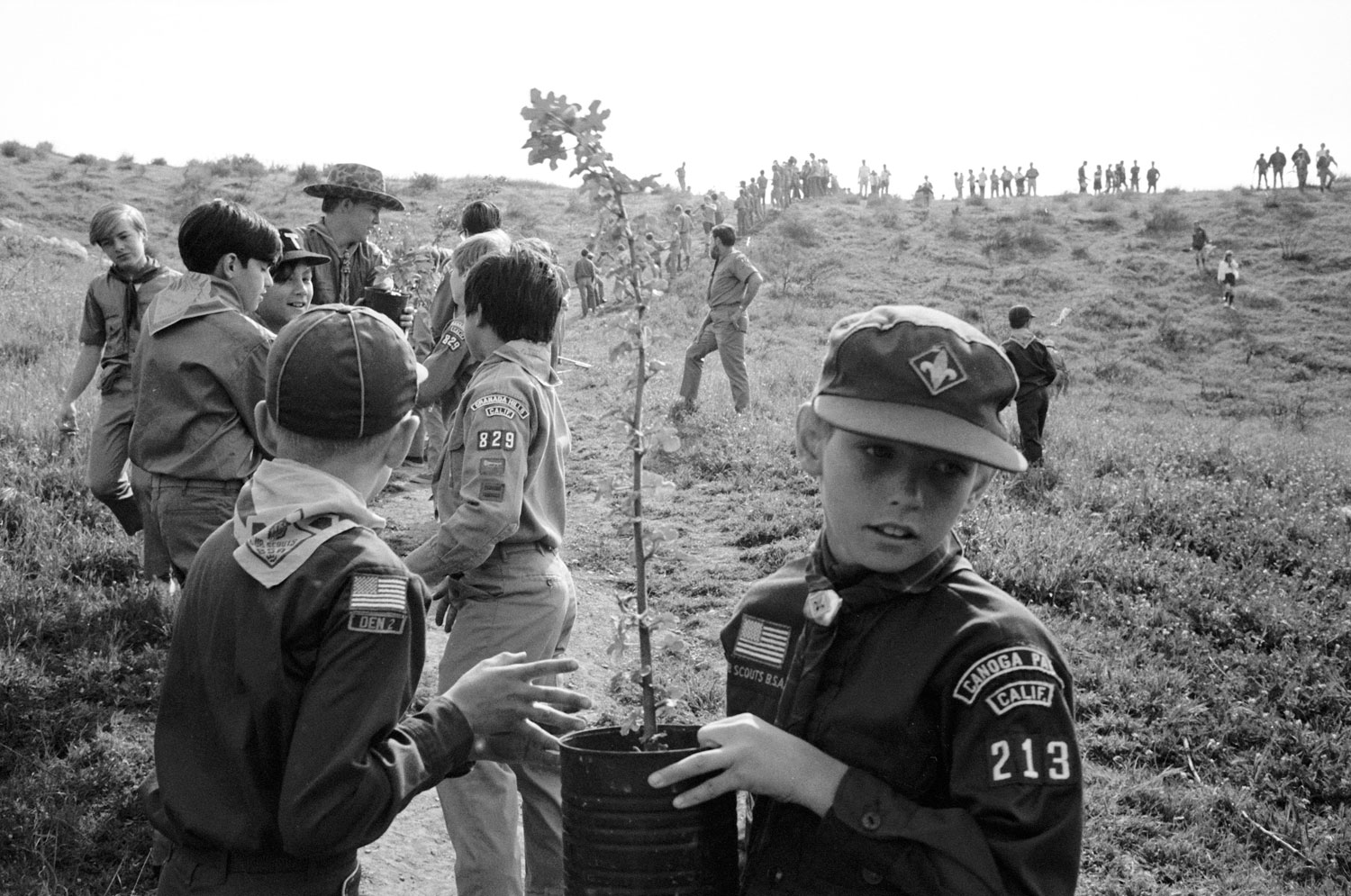
The Boy Scouts of America is one of those enduring institutions woven so deeply into the fabric of so many lives that it sometimes feels like it’s been around as long as the country itself—as if it might have been incorporated along with, say, Benjamin Franklin’s visionary national postal service. In fact, the BSA has been in existence for about a century, or roughly as long as the international Scout Movement—begun in England—from which it grew.
But four decades ago, the BSA faced a dire crisis, as the Scouts struggled to respond to the cultural and racial upheavals of the 1960s and ’70s.
Here, LIFE.com presents a series of photographs—most of which never ran in LIFE—by John Shearer, who traveled across the country in 1971, chronicling the ways in which boys and young men of color were invigorating the hidebound association.
“I was in the Scouts briefly, in the late Fifties,” Shearer (at right, on the Boy Scouts assignment in 1971) told LIFE.com, “and I remember going to these huge jamborees with other troops, and we’d be the only black guys there. And I mean the only black guys.
“So when I set out on this cross-country assignment for LIFE in the early 1970s, I was surprised—and heartened—to find all of these troops filled with black kids doing work in the inner cities. I suppose part of the reason I felt encouraged was that I encountered so many more black scout troops, and other troops filled with kids of color, than I’d expected to.
“My own experience in the Fifties, overall, had been pretty negative,” Shearer said, “so to revisit the Boy Scouts and find these committed, engaged youngsters—it just made me feel like maybe there really had been some progress, after all.”
One positive aspect of his time as a scout that Shearer recalls quite clearly today, six decades later, was the way that the scoutmaster of his troop geared a lot of the teaching and guidance directly toward the life experiences of the boys in his charge.
“He definitely introduced us to writers and thinkers—black writers and thinkers—we otherwise might not have learned about for years,” Shearer said. “He had us read [W.E.B.] Du Bois, and Baldwin’s Go Tell It on the Mountain, and other books that spoke to us, as black kids. I wasn’t a big reader at that point, but those books made a difference. Being in that troop, even for a little while, made a difference.”
[See more of John Shearer’s photography at johnshearerpicturebook.com]
In its June 1971 issue, in which a handful of Shearer’s photographs first ran, LIFE made it plain that the Boy Scouts were at something of a crossroads at the dawn of the Seventies. In an article titled, “Scouting Blazes a Trail Into the Ghetto,” the magazine told its millions of readers:
The Boy Scouts of America marched into the 1960s still duty-bound to knot-tying, overnight hikes and helping little old ladies—and woefully out of step with a majority of the nation’s restive youth. They had no handbook solutions for the alienation of suburban boys or the hostility of ghetto kids to the traditionally white, middle-class scouting programs. Then, during the riotous summer of 1967 in Cincinnati’s Basin section, a Southern white Scout organizer unexpectedly appeared at the barricades. He risked snipers’ bullets to rescue injured blacks and mediated a peace between City Hall and the ghetto. Finally, he got permission for a militant street gang to sponsor three Scout troops, and recruited ghetto types—many of whom could not have repeated the Scouts’ Oath with a straight face—to help get things going. What might be called the radicalization of the Boy Scouts had begun.
The Cincinnati experience became a watershed in the movement’s search for a new constituency. City boys now learn to read subway maps and practice rat-bite cures instead if studying terrain maps and snake-bite remedies. Brotherhood in scouting has taken on a new meaning. But despite the highest membership ever—4.6 million [Note: It’s fewer than 3 million today]—scouting still suffers from a “ghetto gap.” Only 16% of boys eligible in urban areas join, as compared to 25% elsewhere. But the percentages are rising. Accompanying the new urban emphasis is a new liberalism in the ranks: women scoutmasters, protest, long hair and a program encouraging boys to get a “a natural high” from scouting rather than to get stoned on drugs.
The old motto, “Be Prepared,” has been replaced with an unofficial new one: “Be Relevant.”
More than 40 years later, the Boy Scouts of America are still face to face with that simple admonition—and with pressing, complex challenges.
Liz Ronk, who edited this gallery, is the Photo Editor for LIFE.com. Follow her on Twitter @lizabethronk.


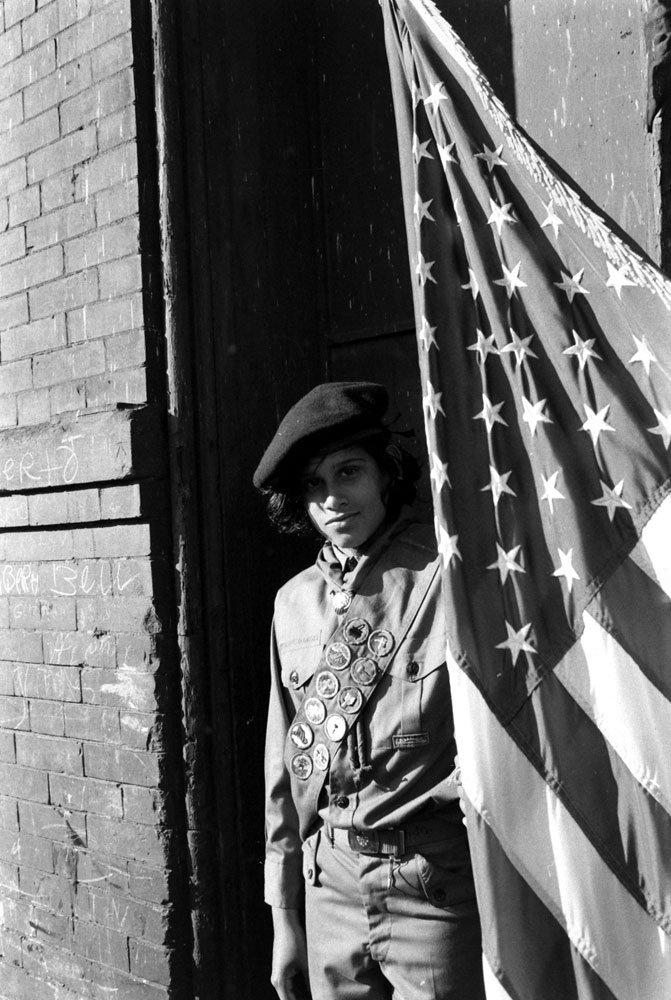
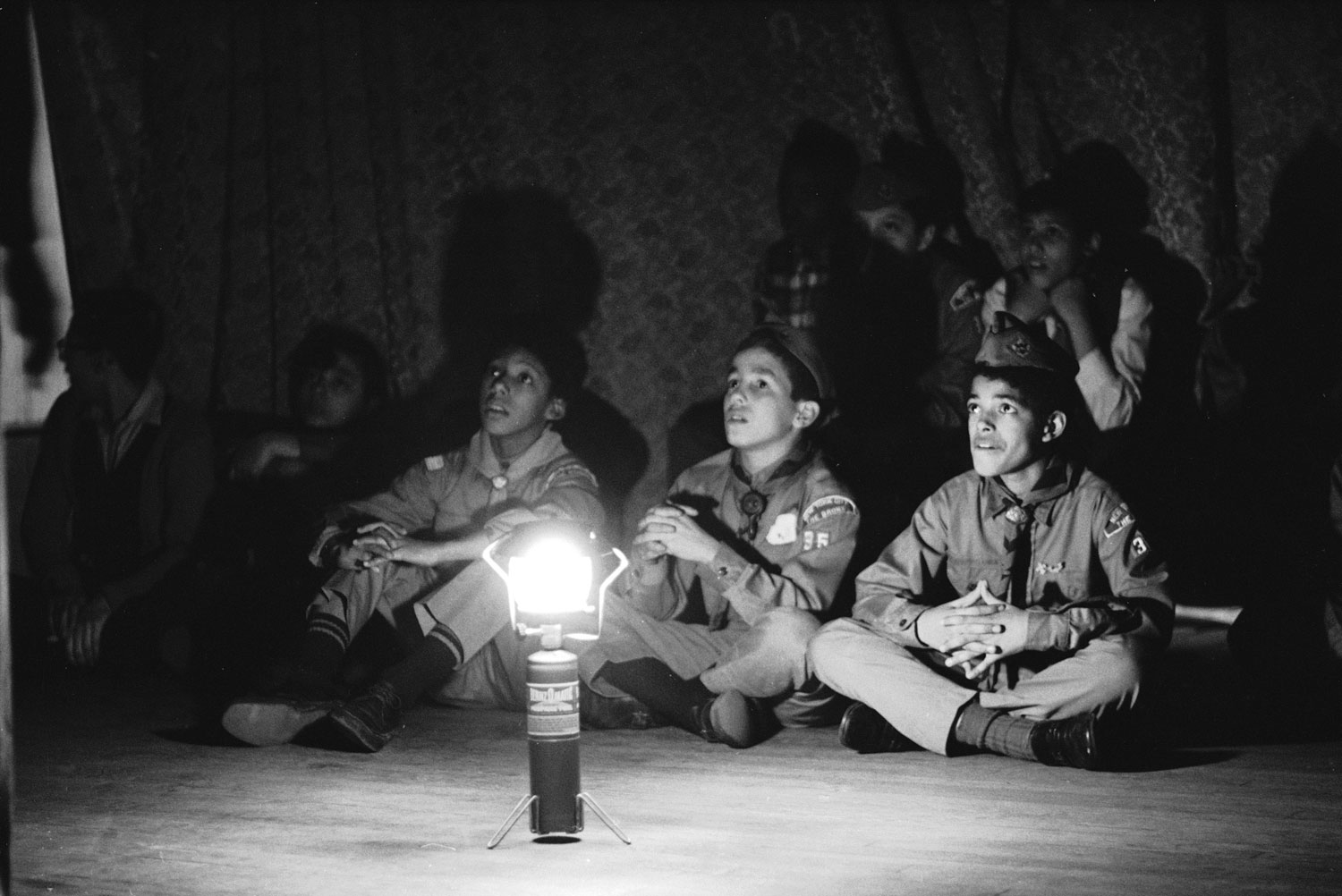
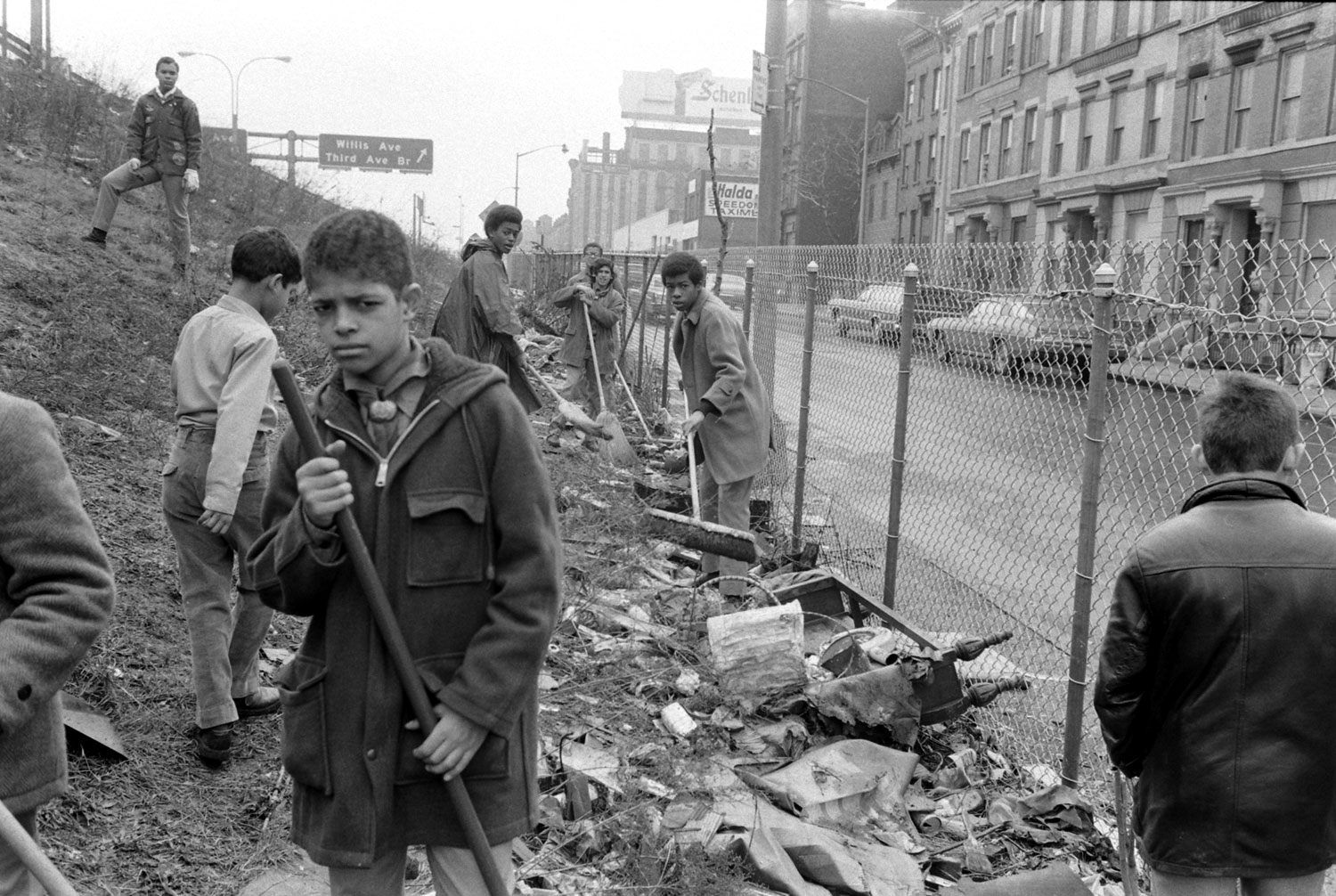
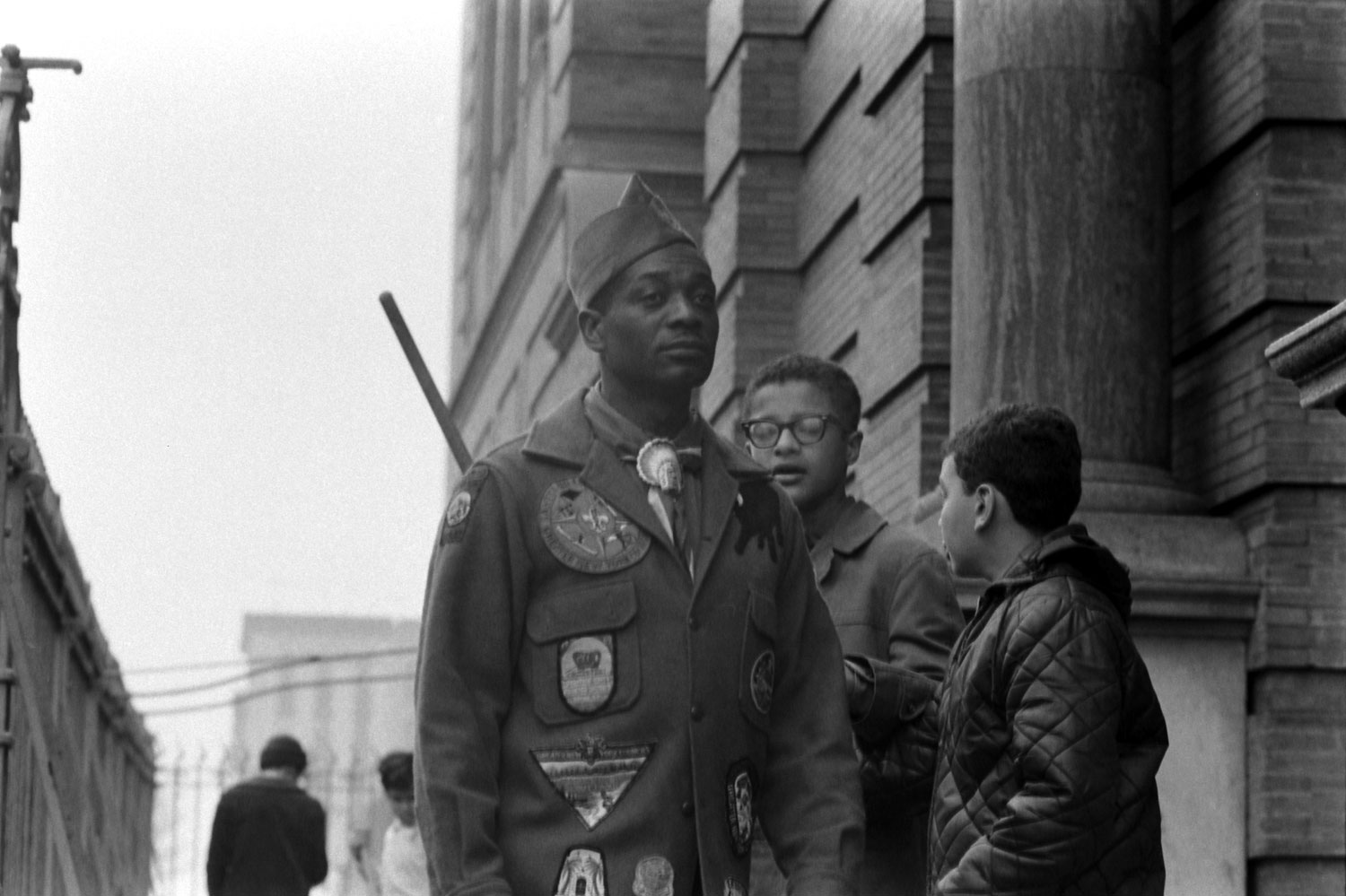
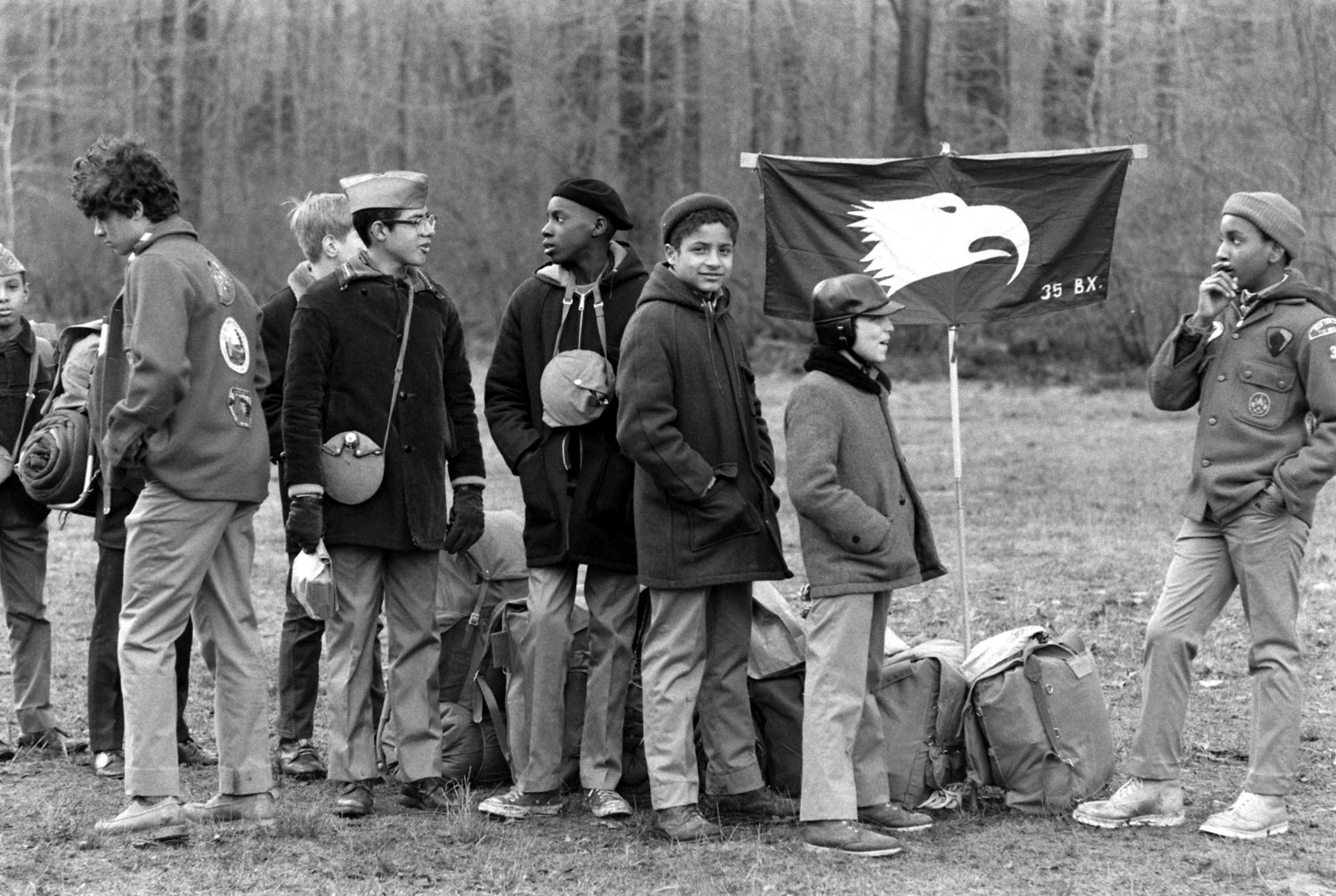


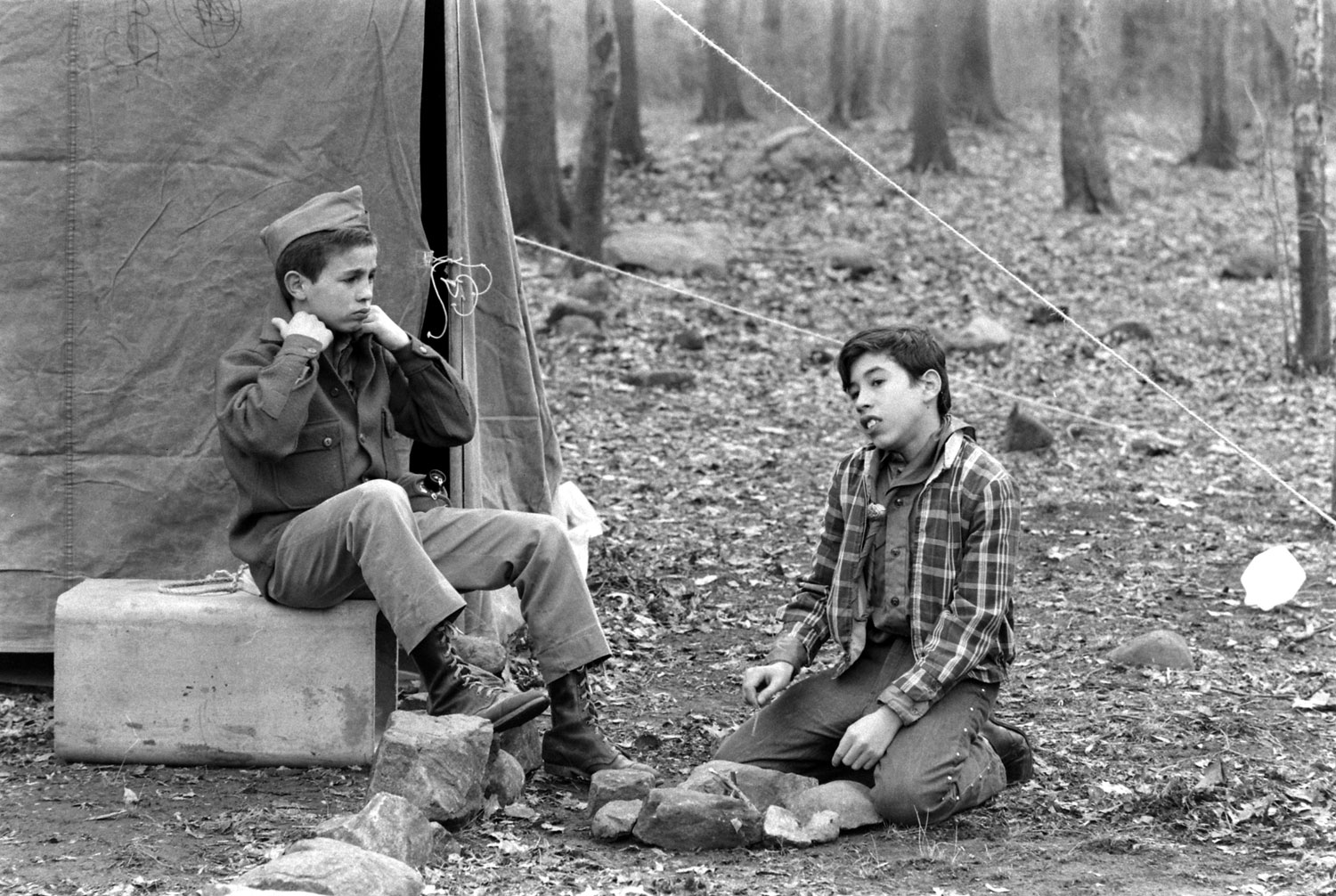

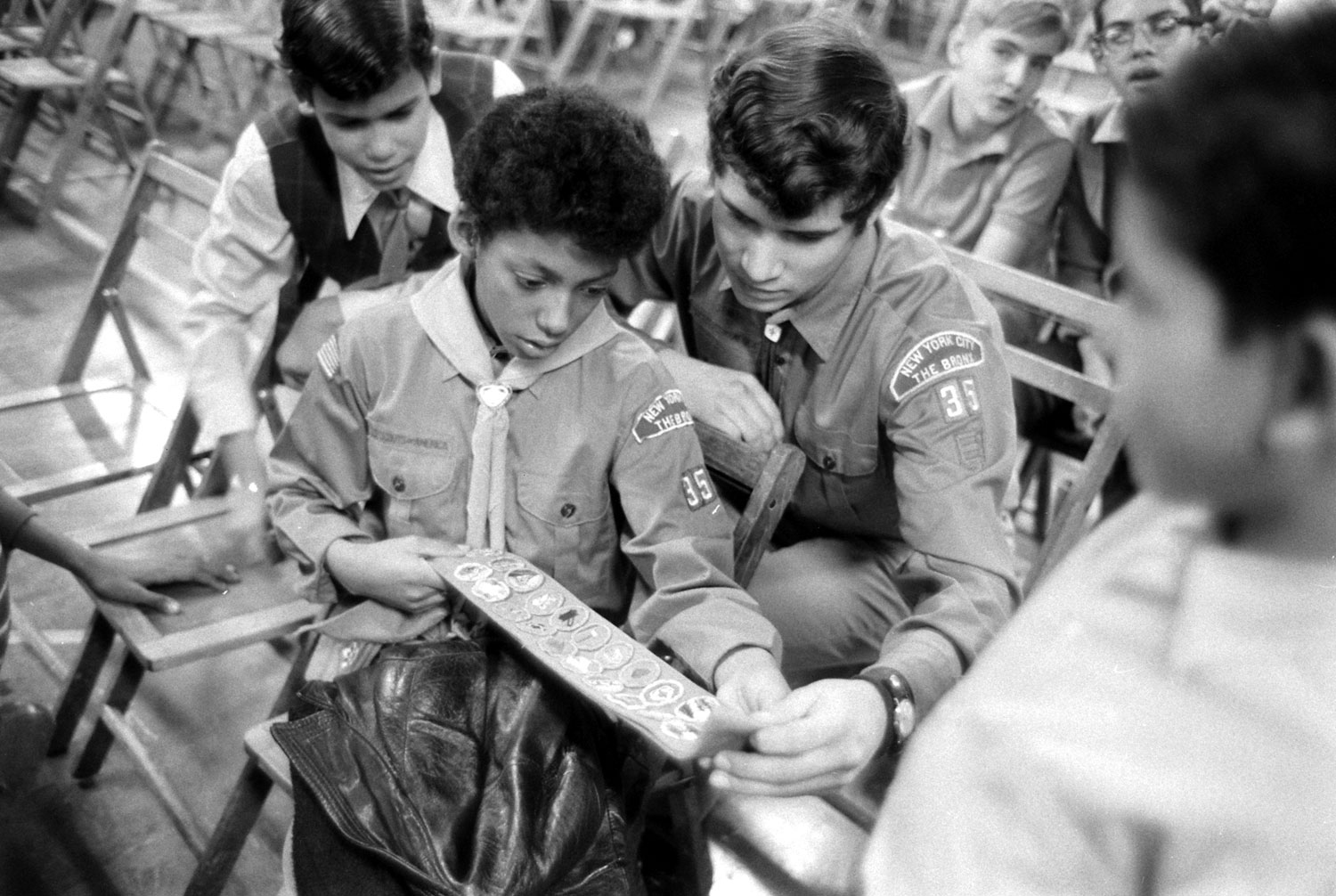
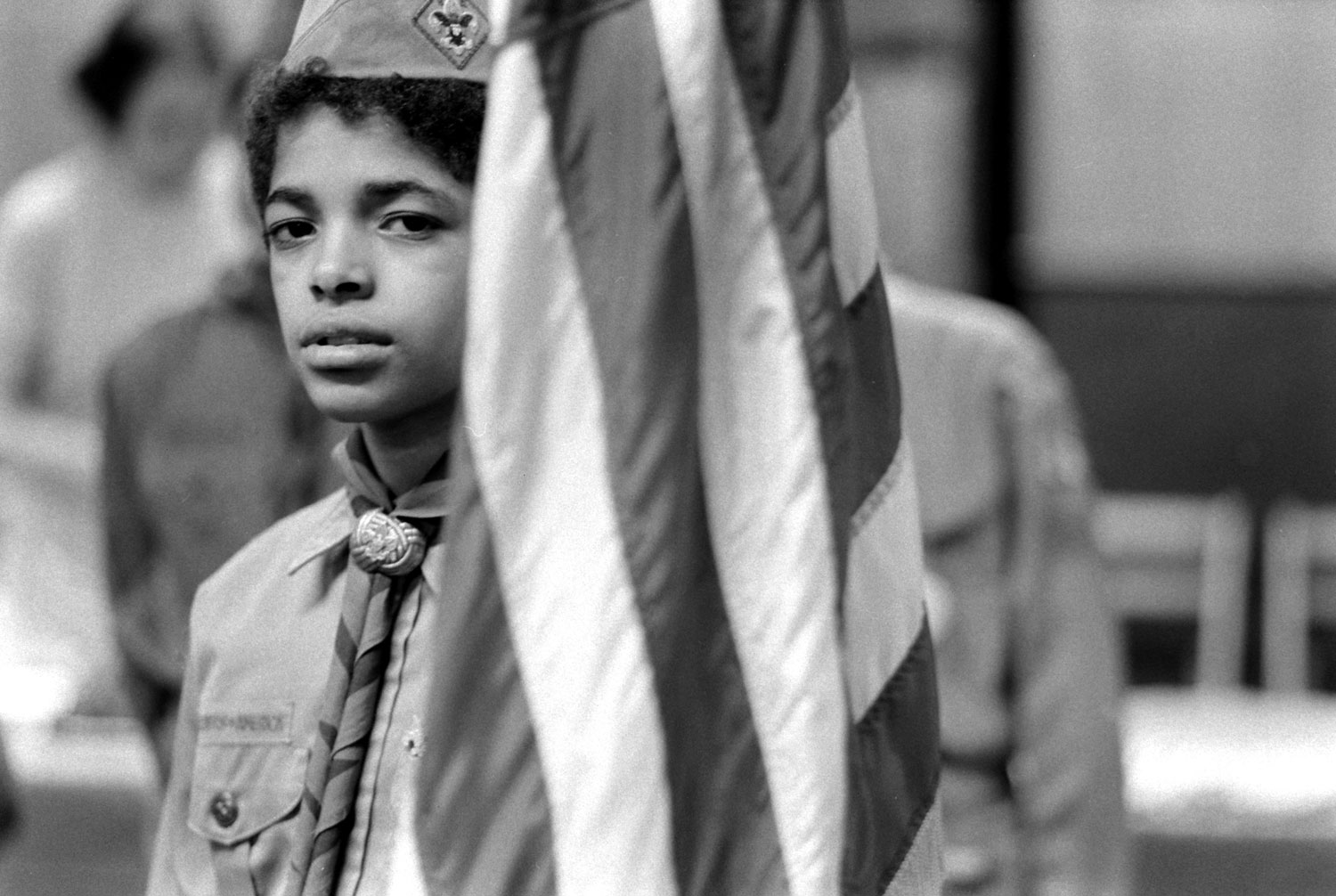

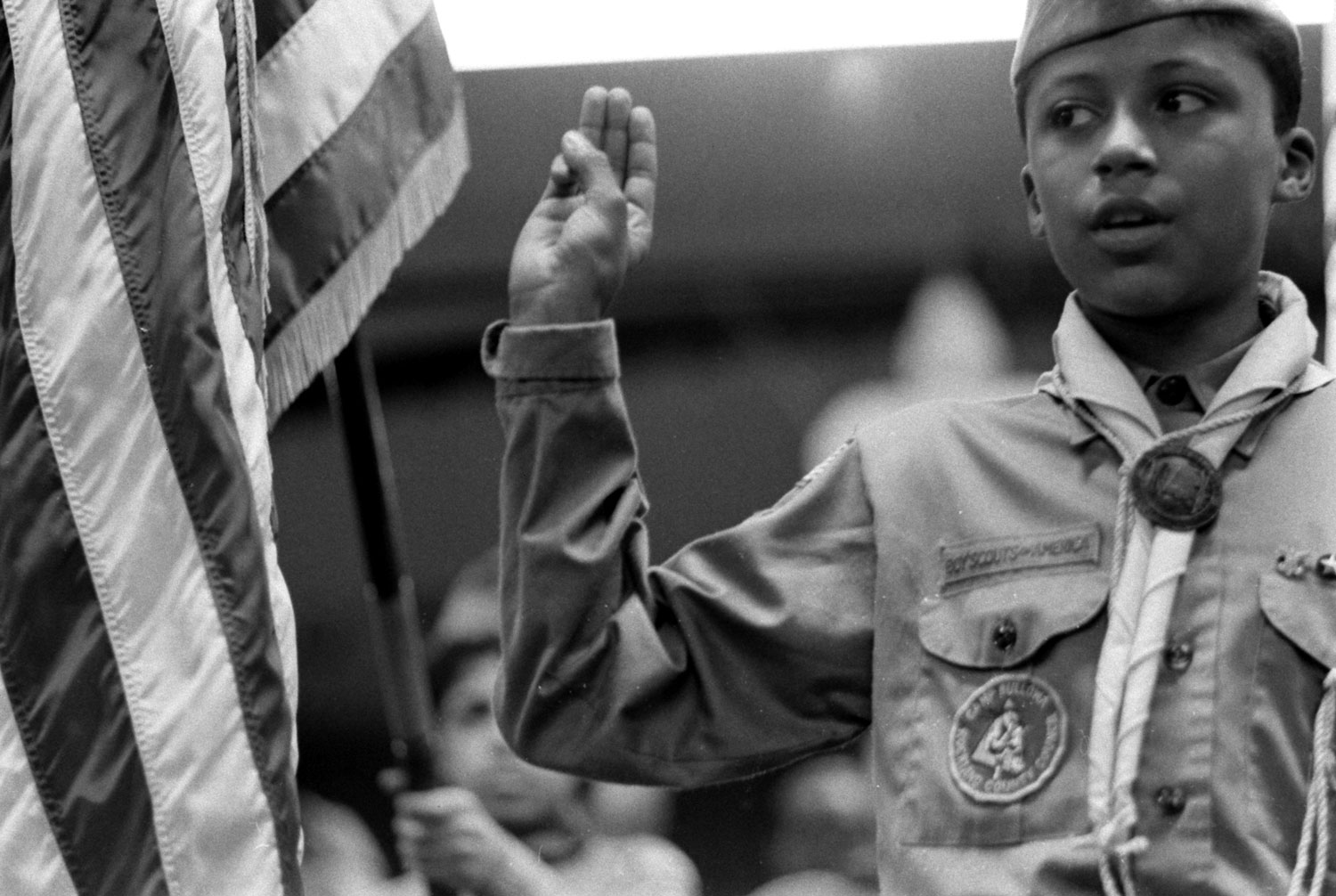
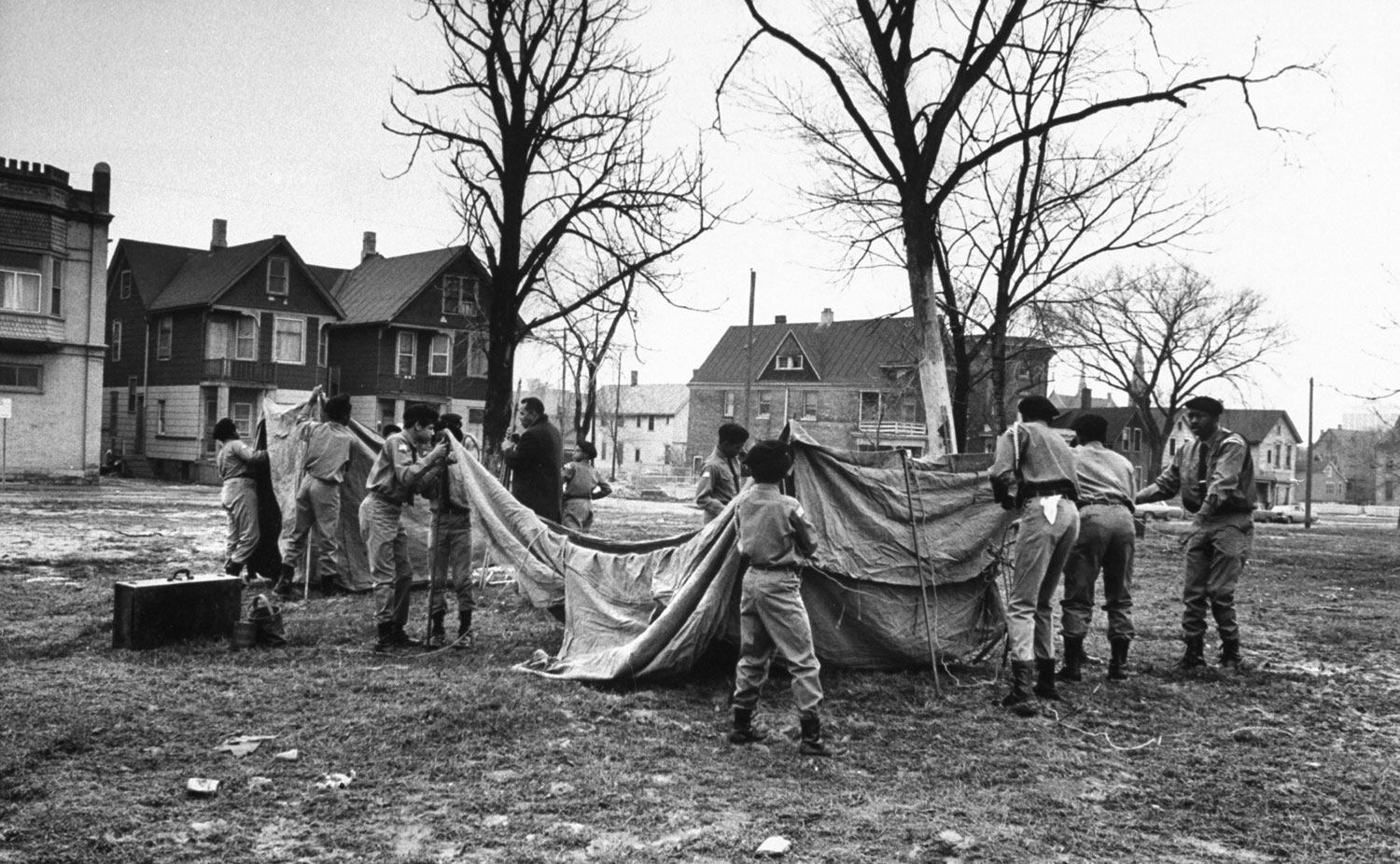
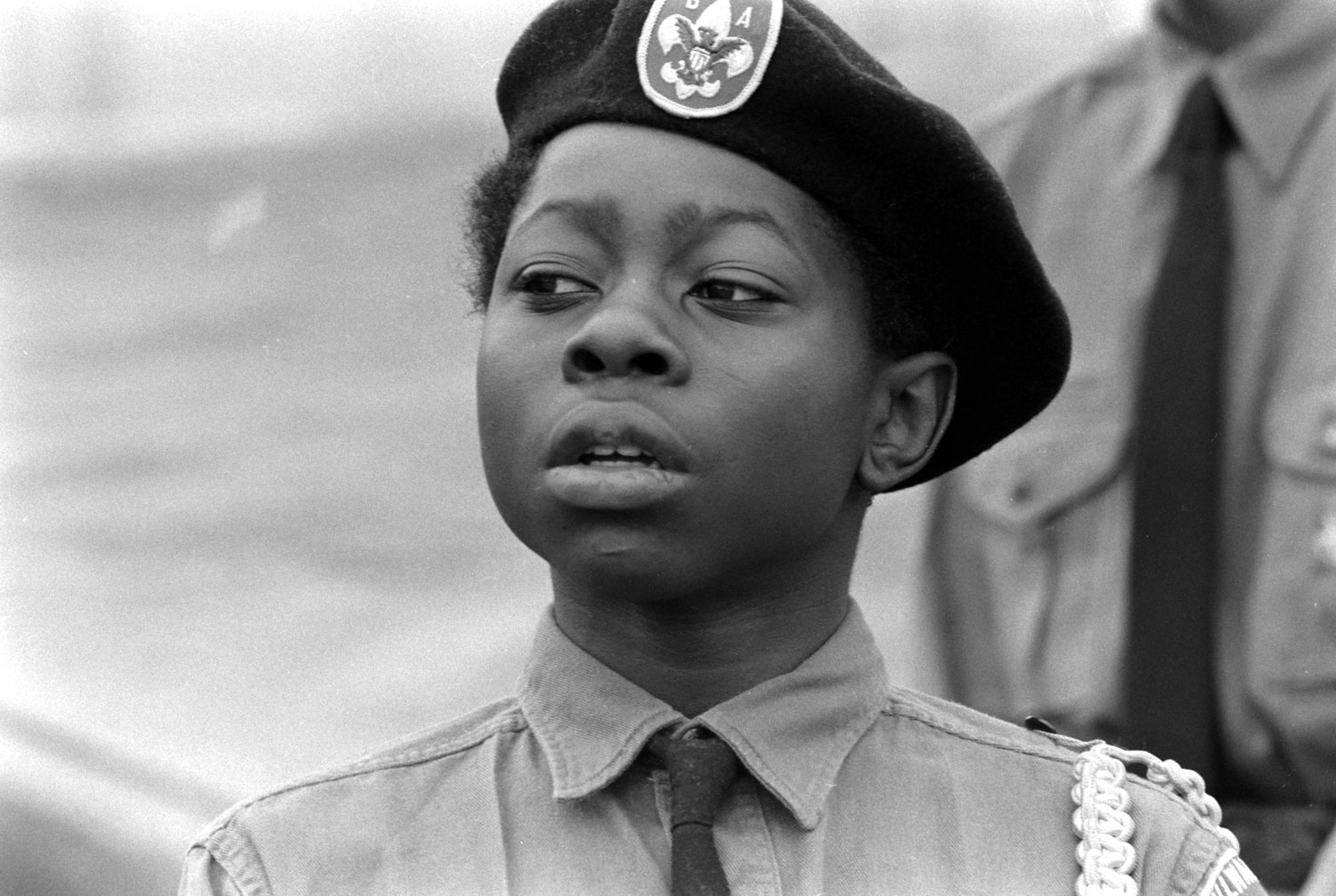
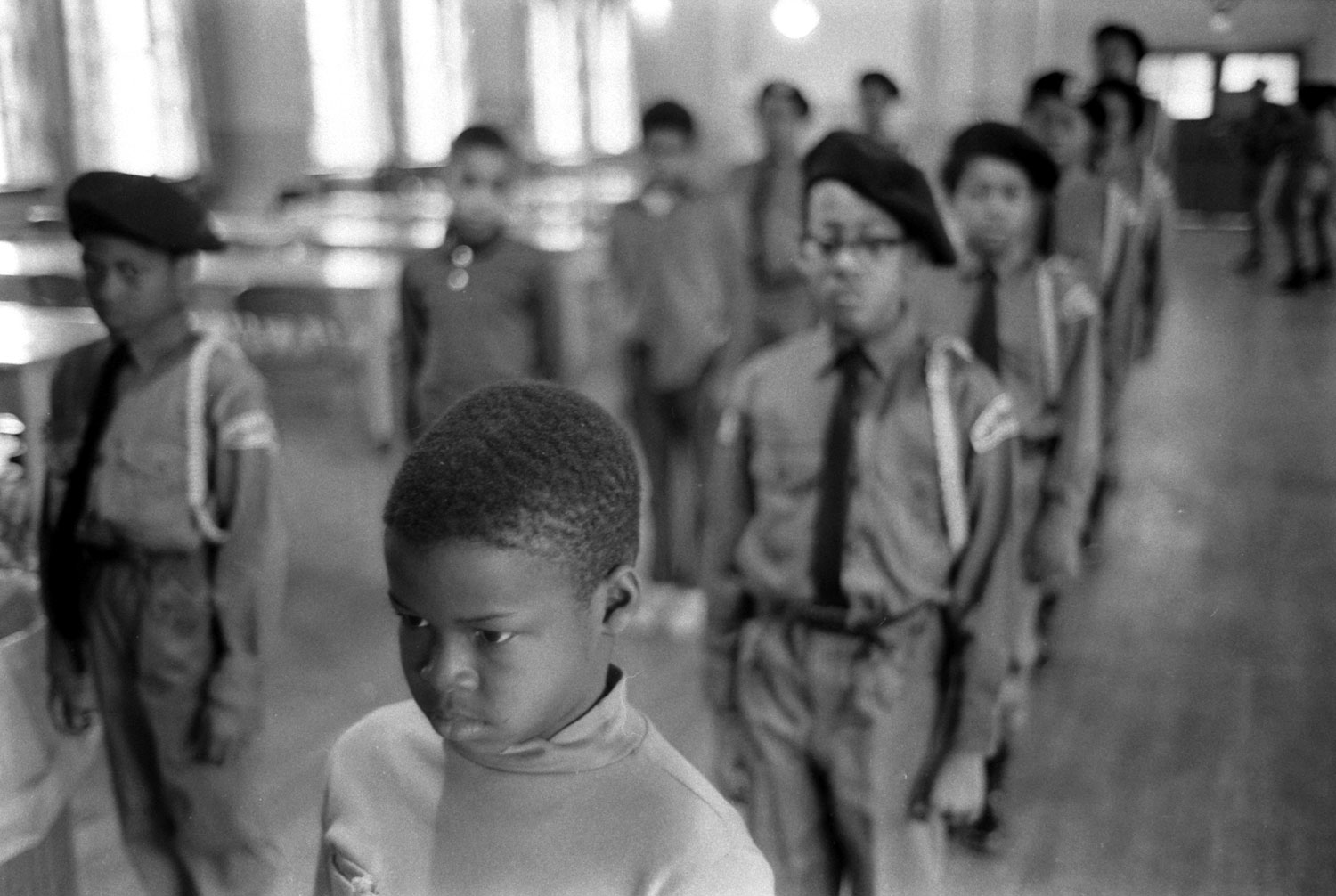
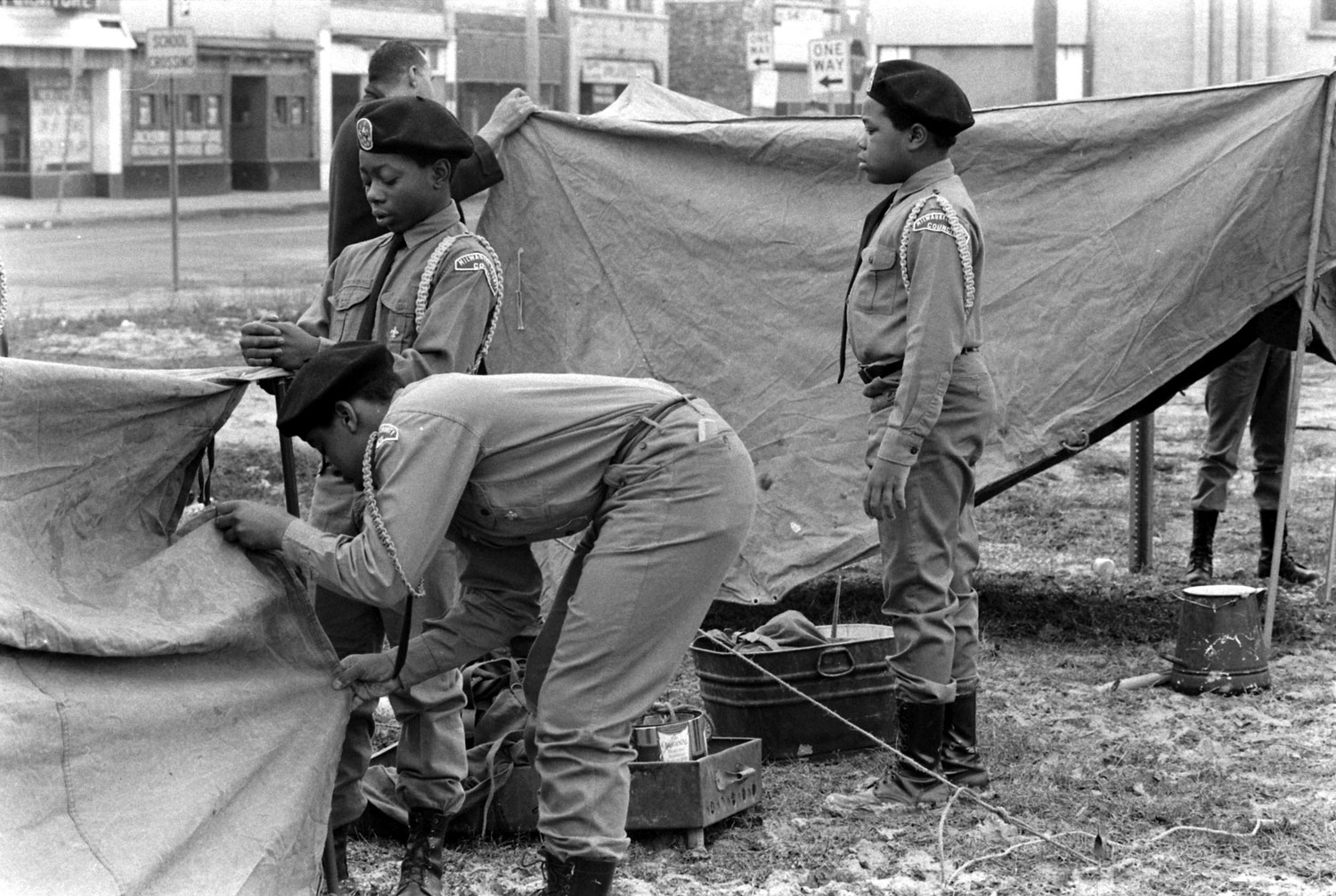
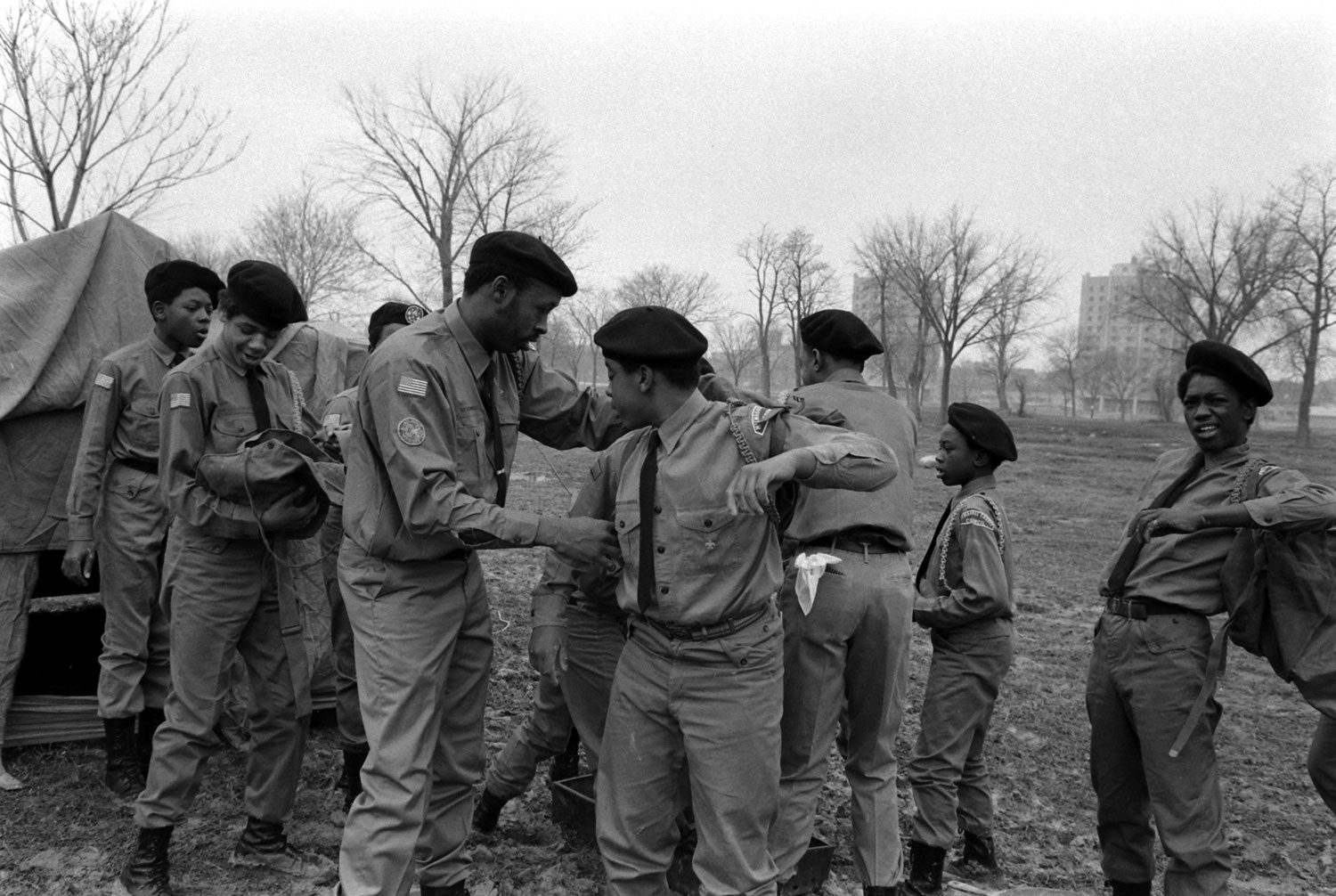
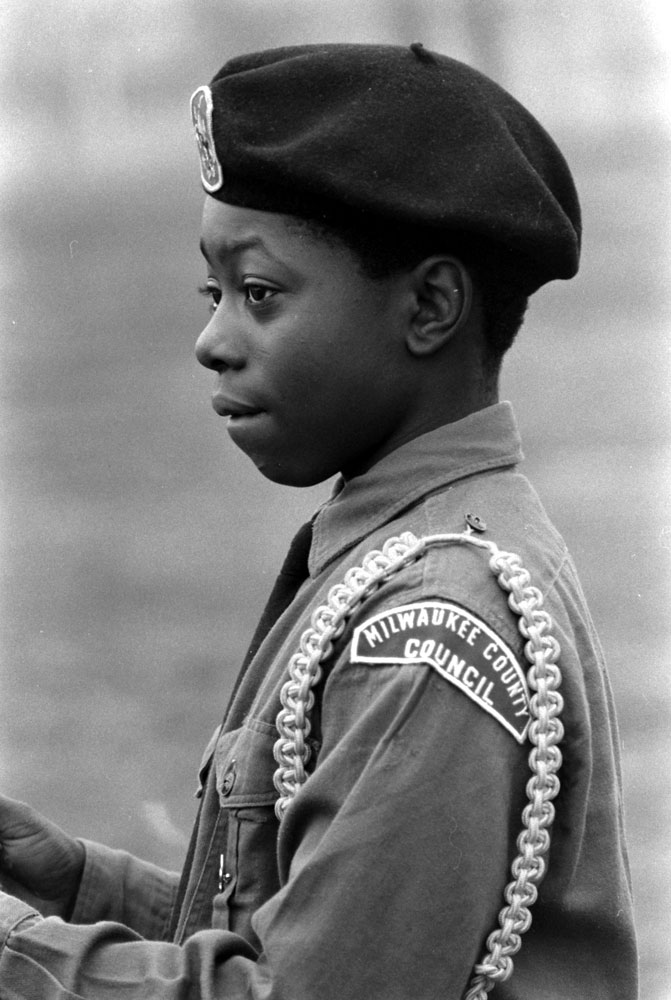

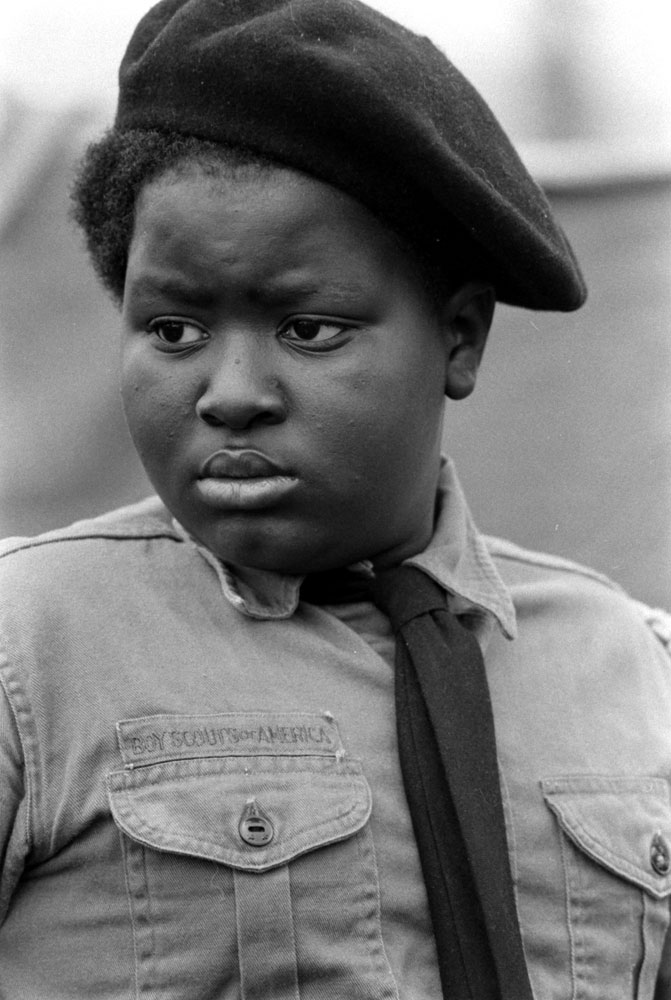

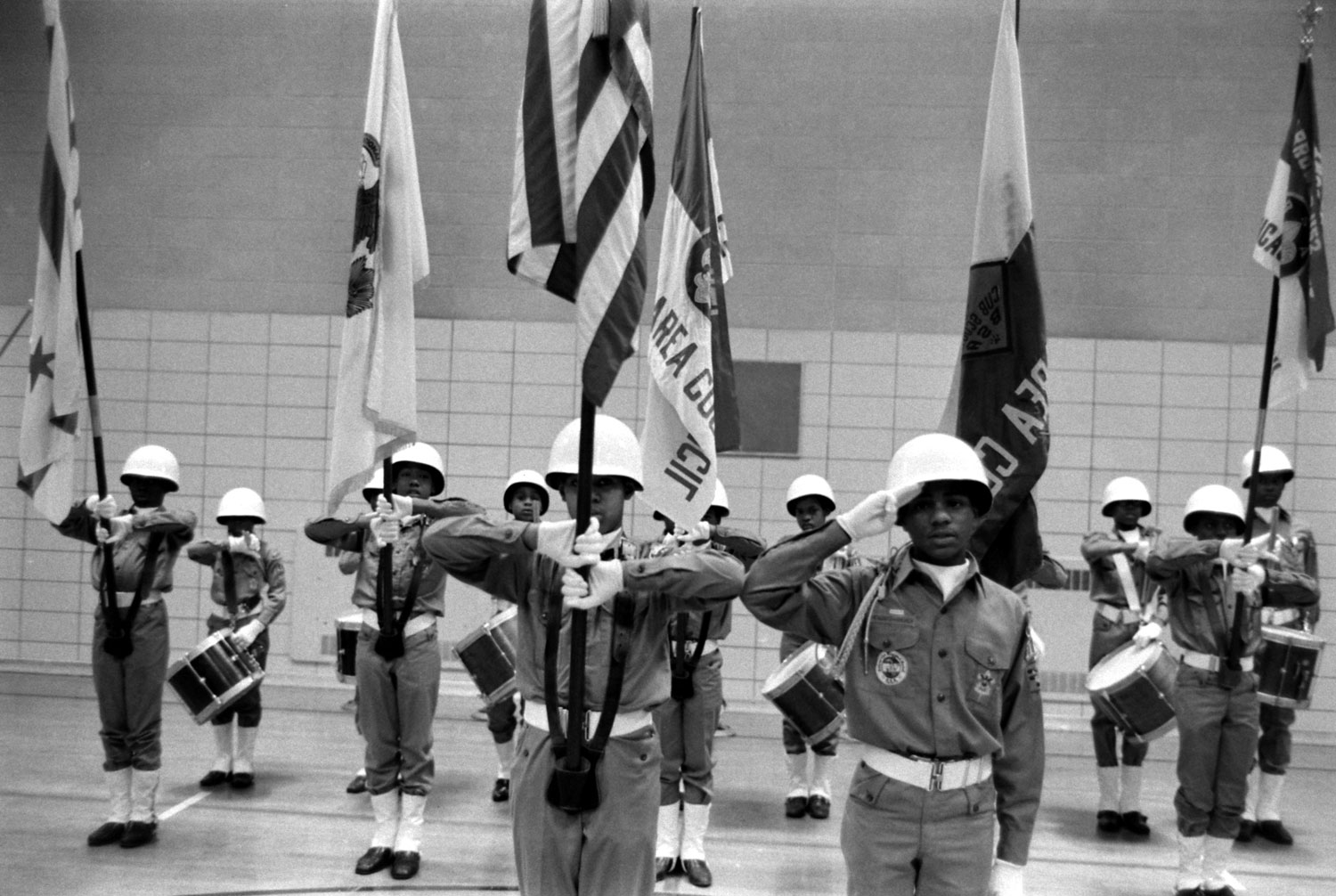
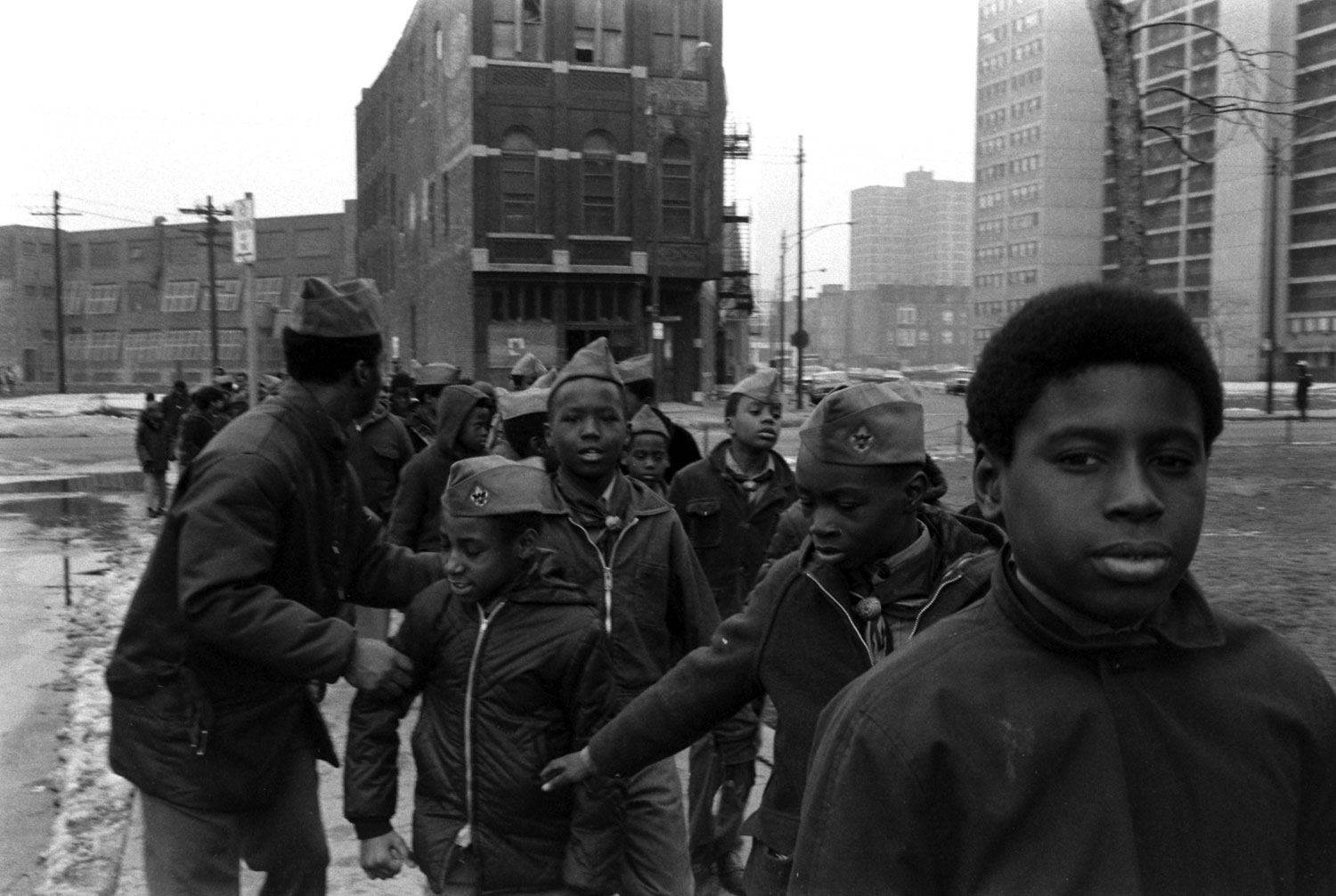



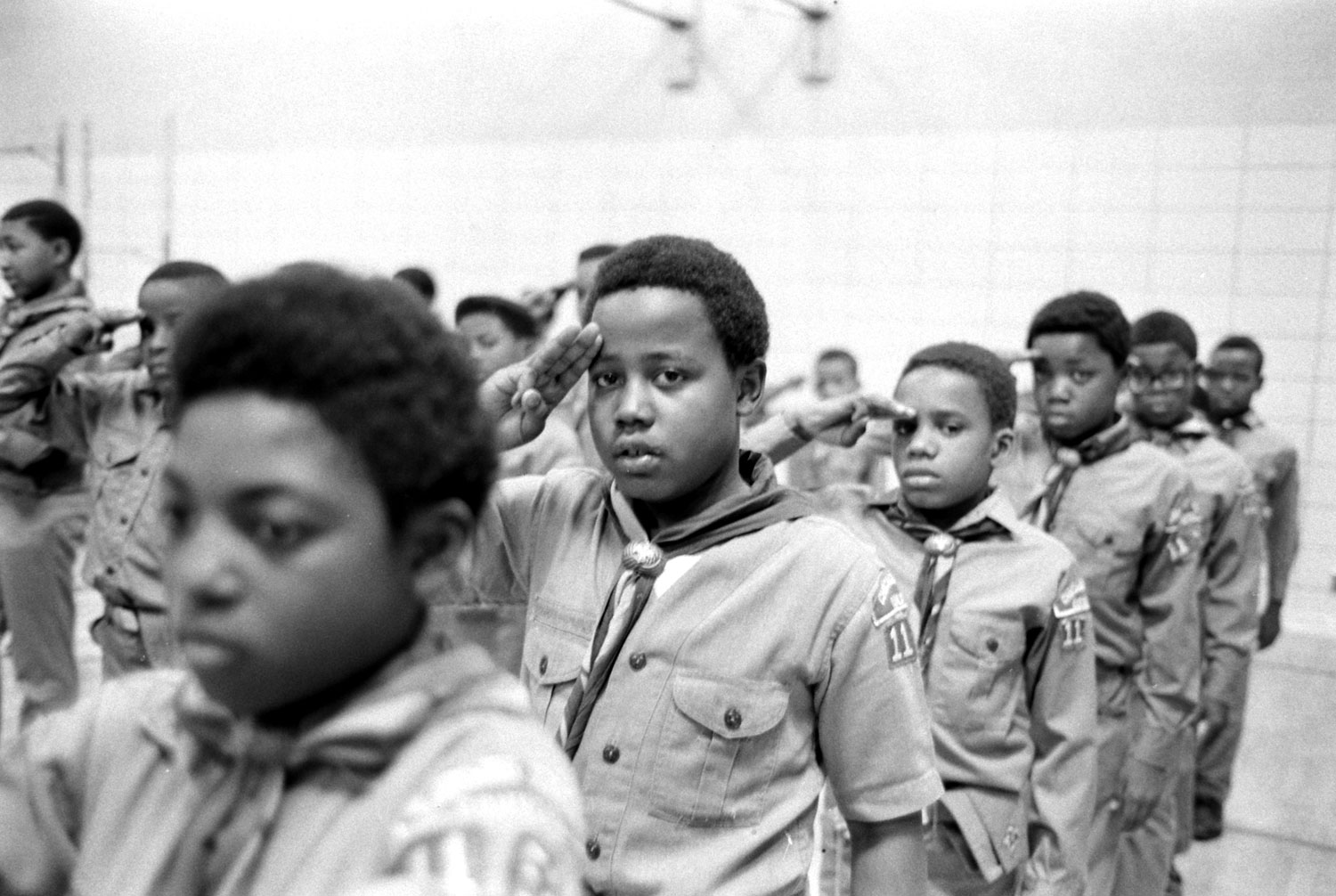
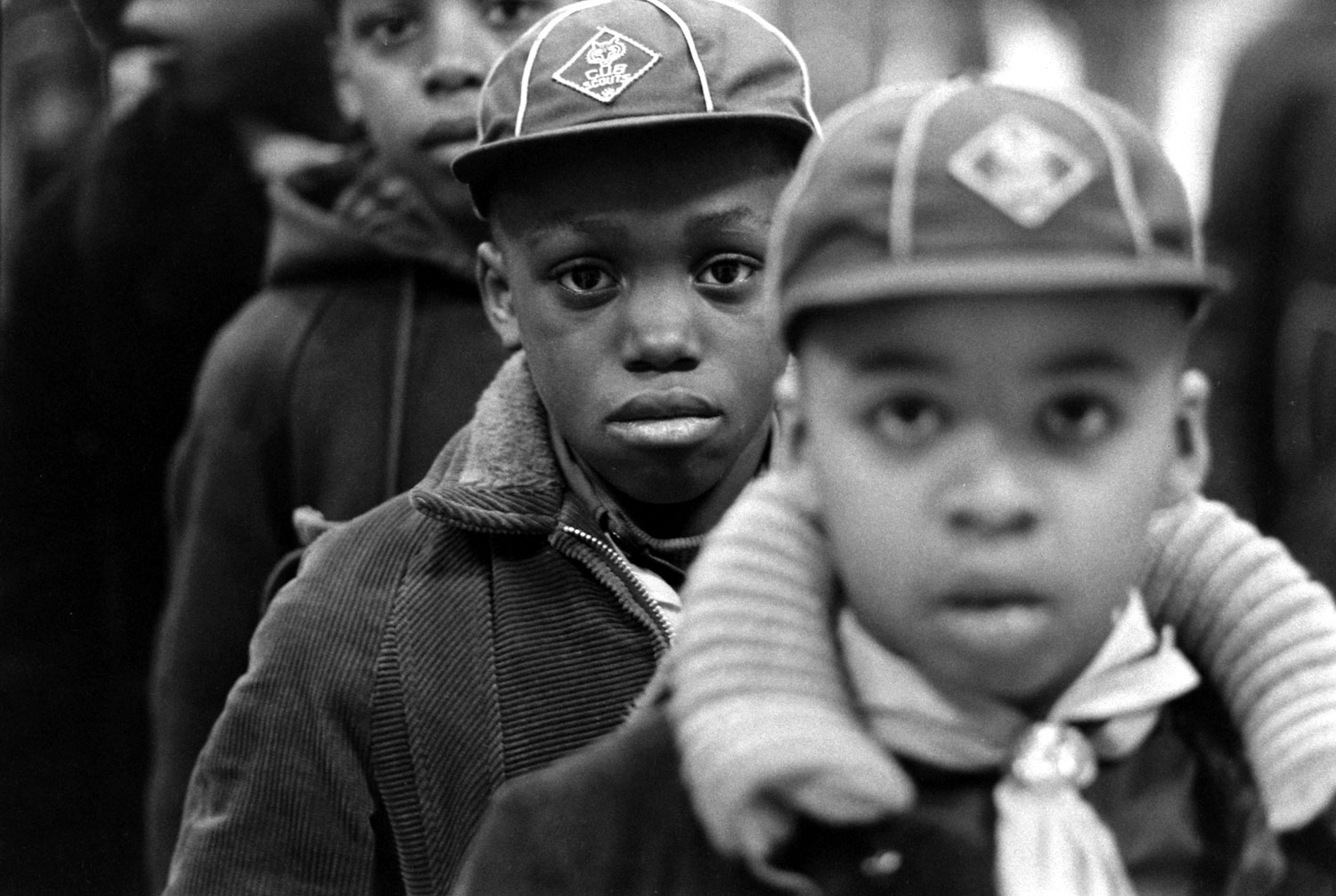
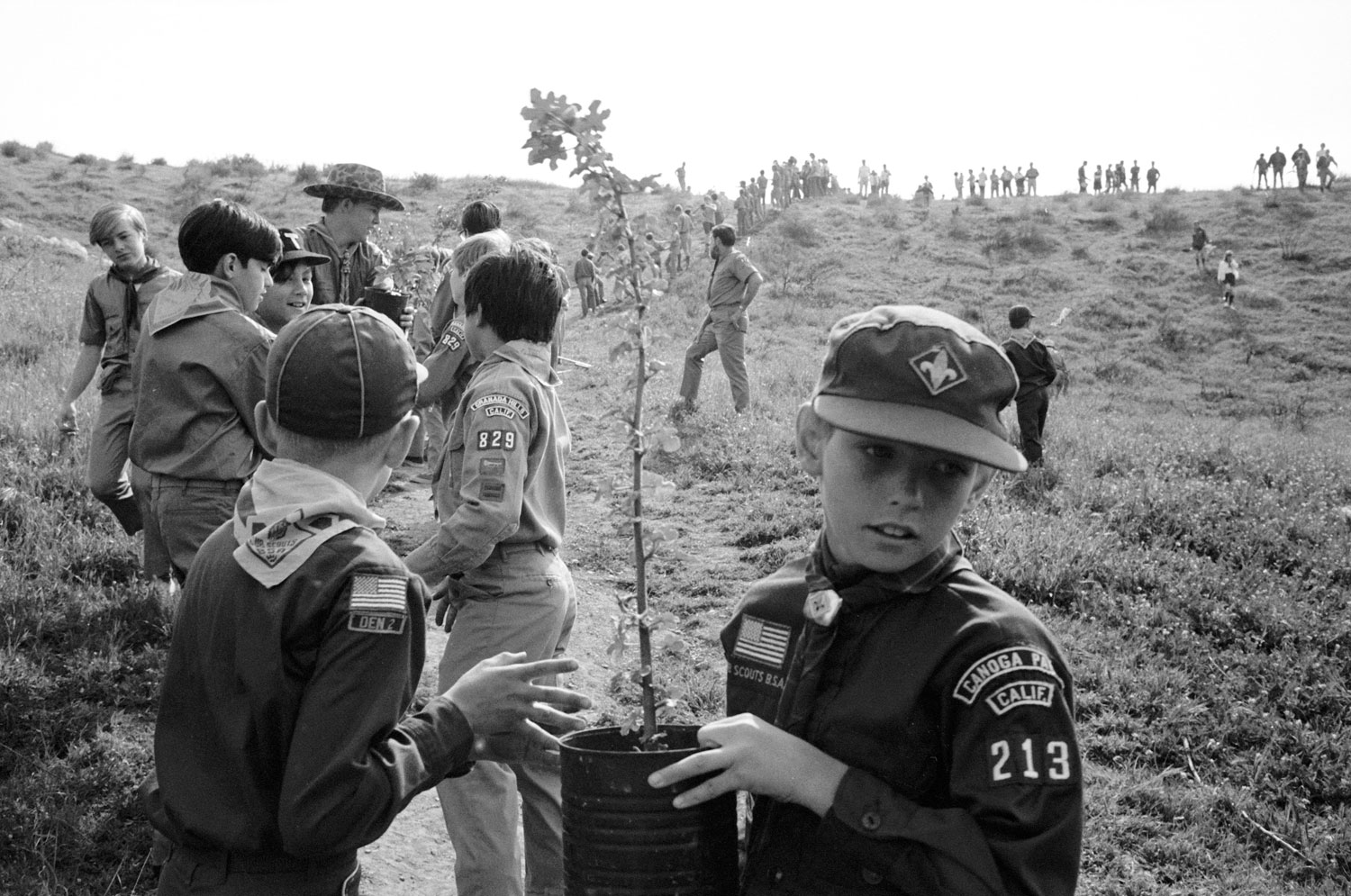
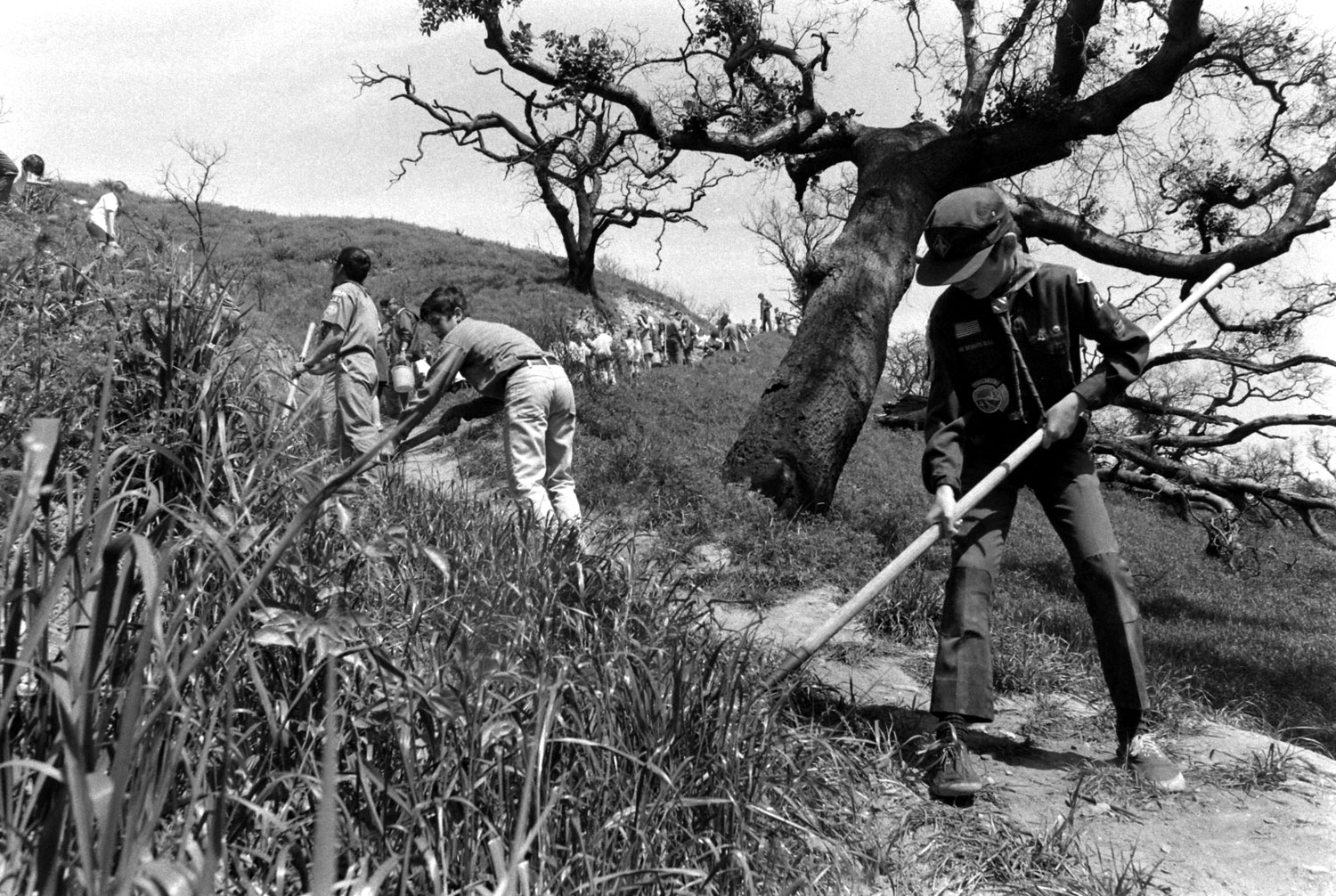
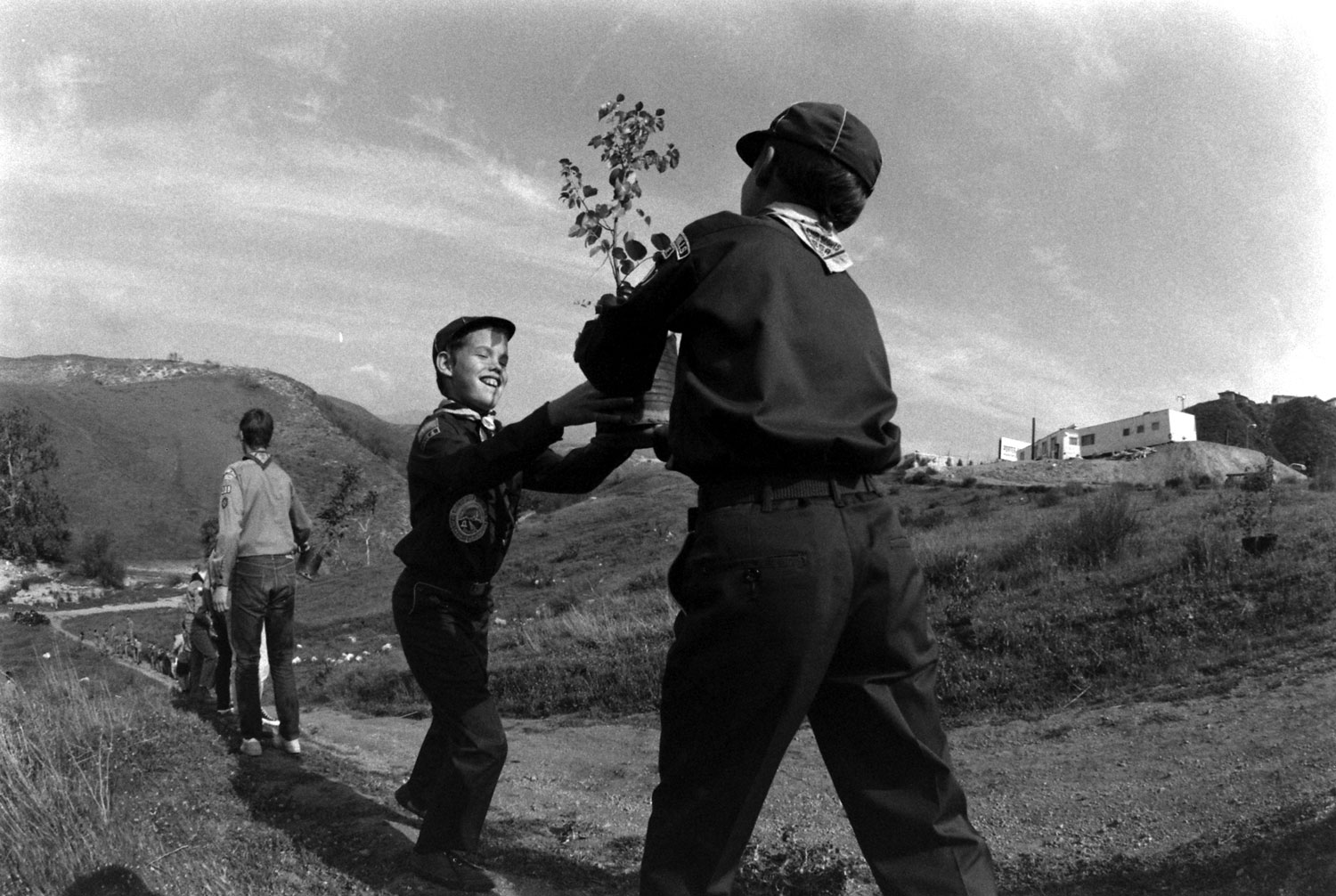
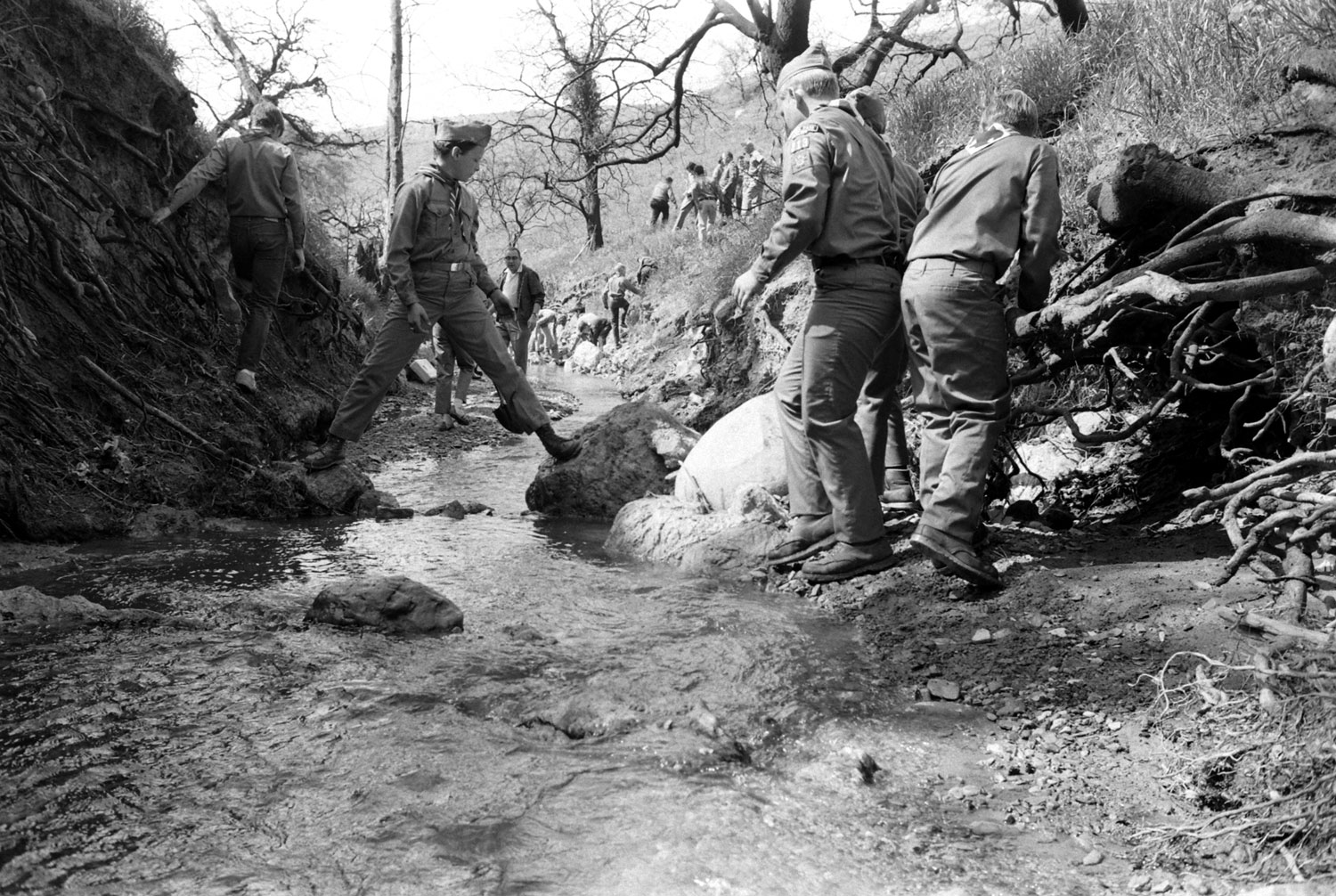
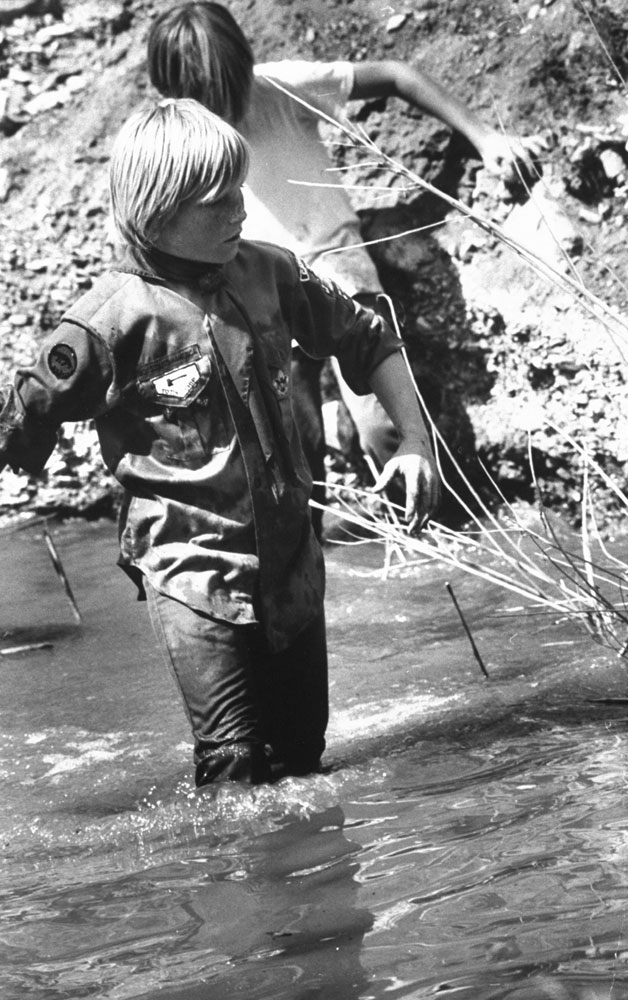
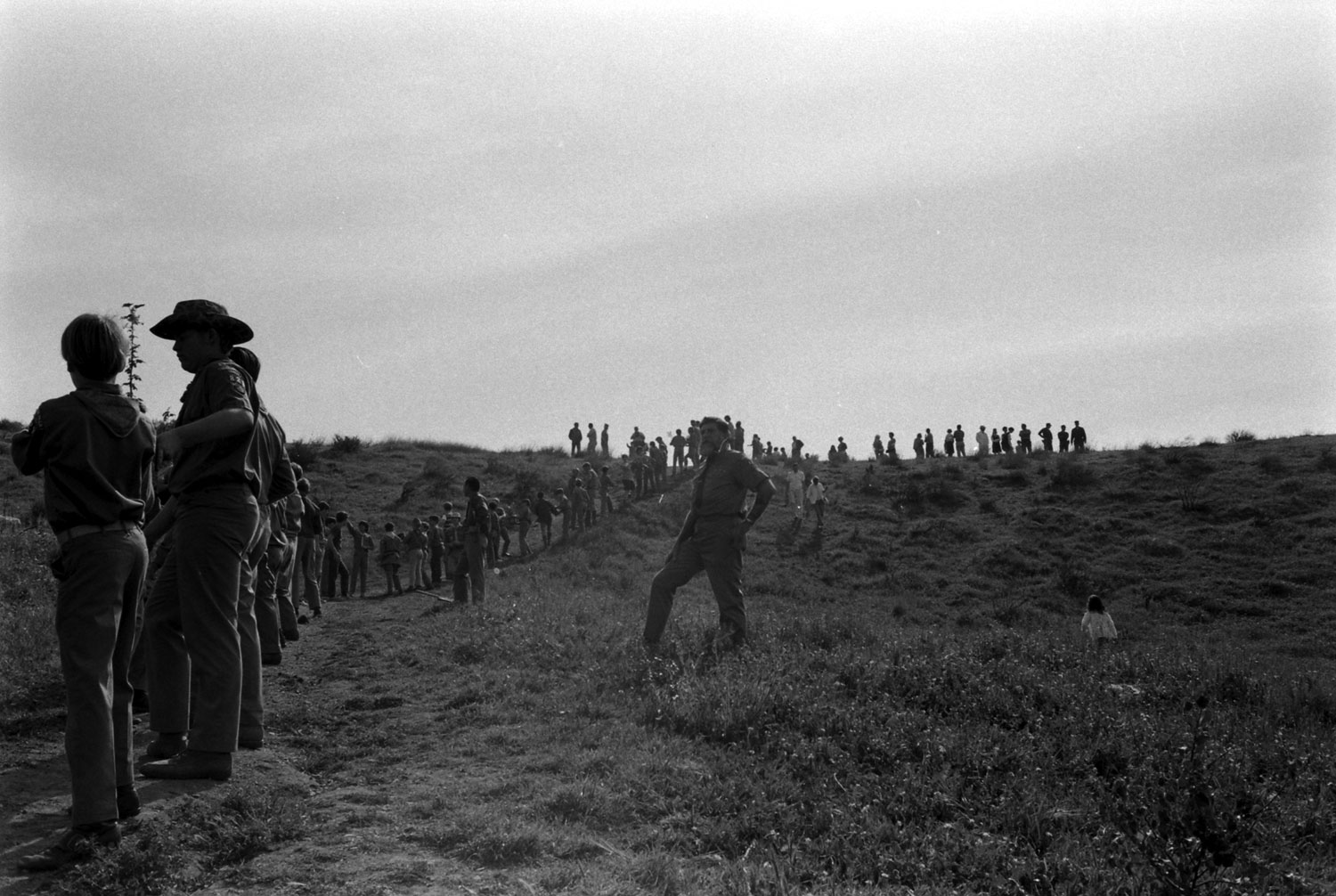
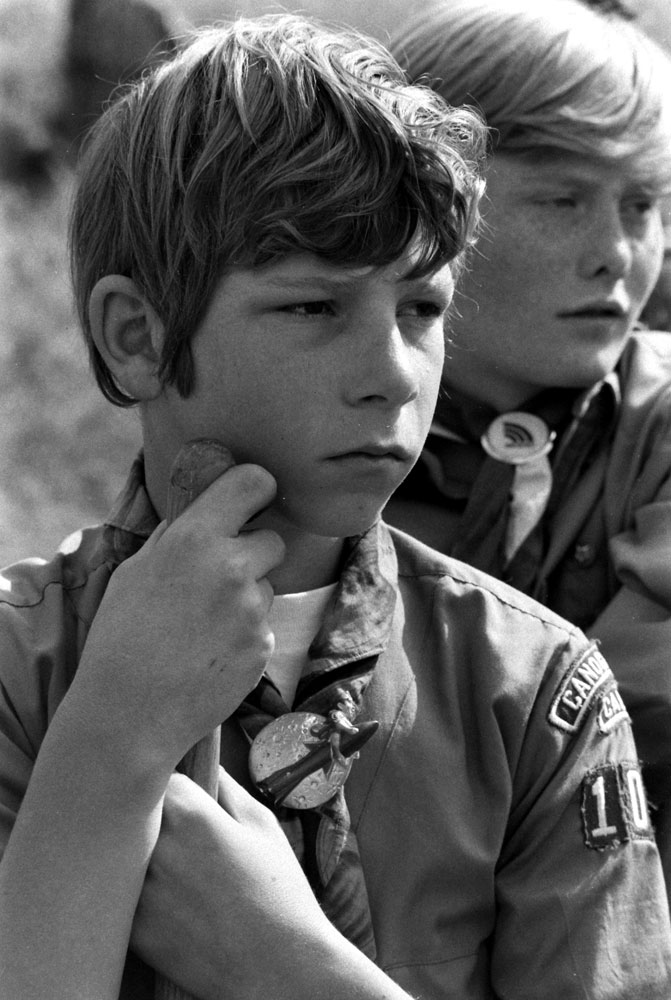
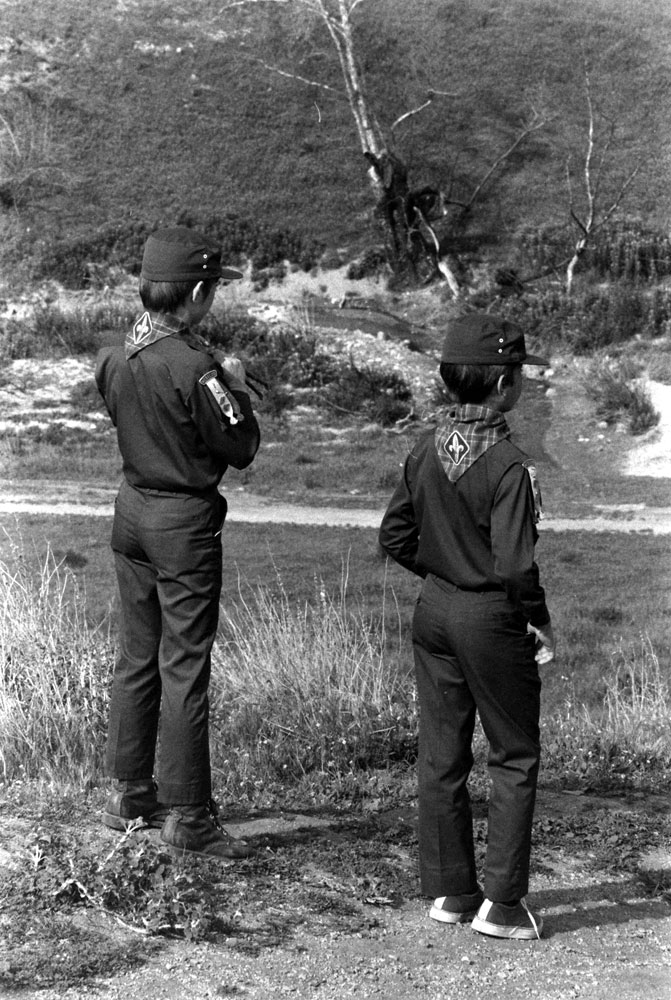
More Must-Reads From TIME
- The 100 Most Influential People of 2024
- The Revolution of Yulia Navalnaya
- 6 Compliments That Land Every Time
- What's the Deal With the Bitcoin Halving?
- If You're Dating Right Now , You're Brave: Column
- The AI That Could Heal a Divided Internet
- Fallout Is a Brilliant Model for the Future of Video Game Adaptations
- Want Weekly Recs on What to Watch, Read, and More? Sign Up for Worth Your Time
Contact us at letters@time.com